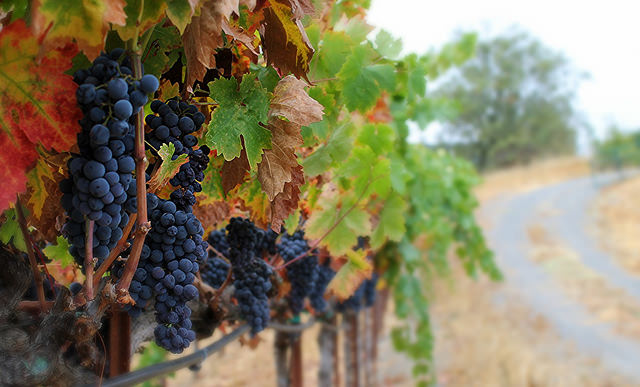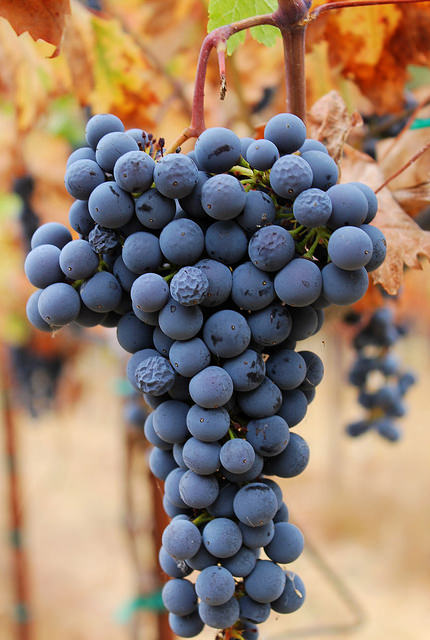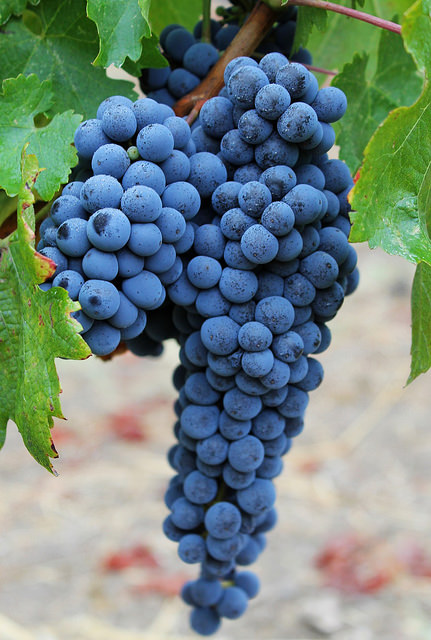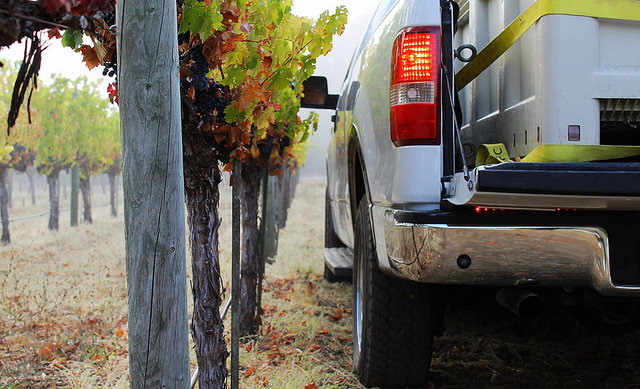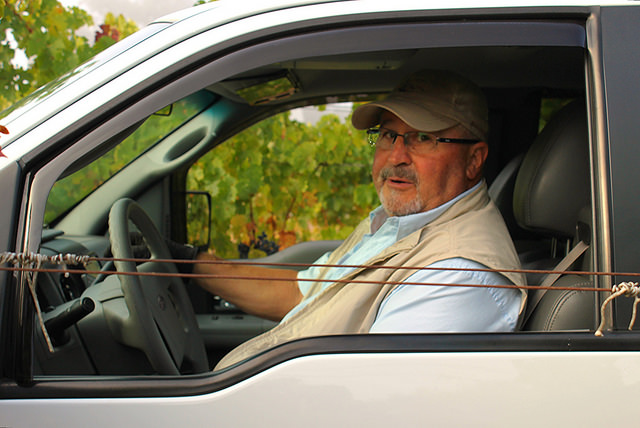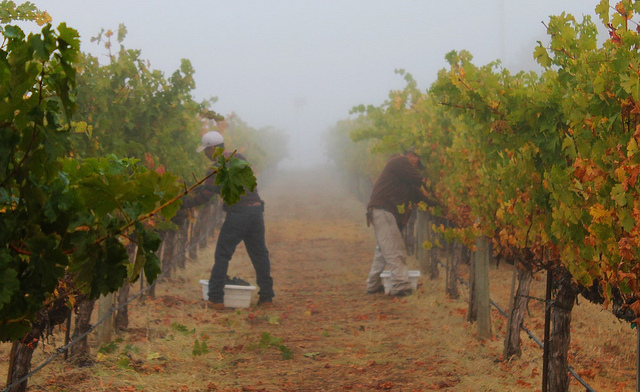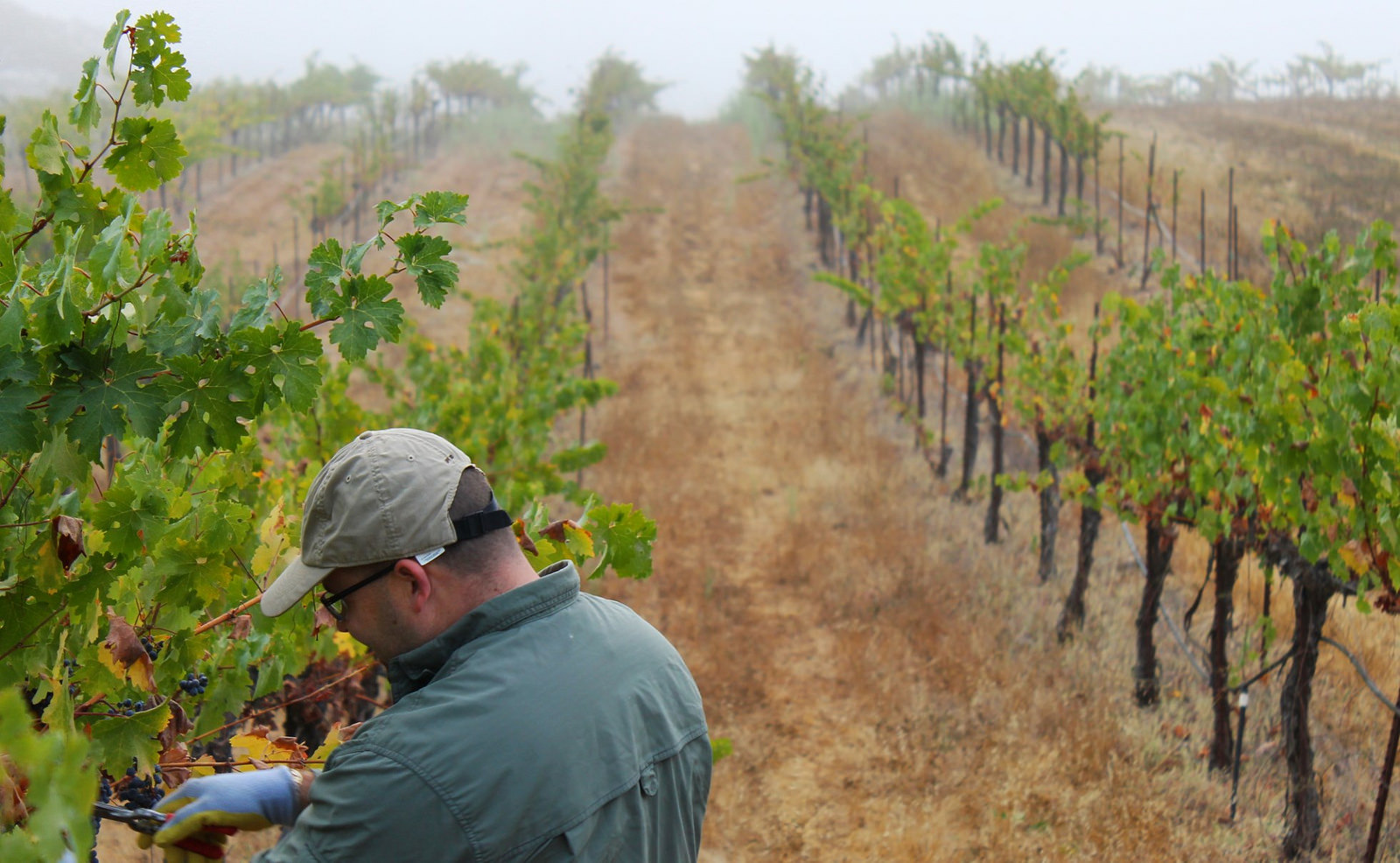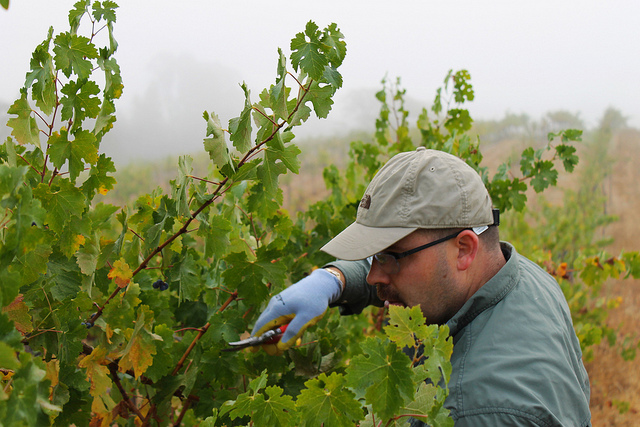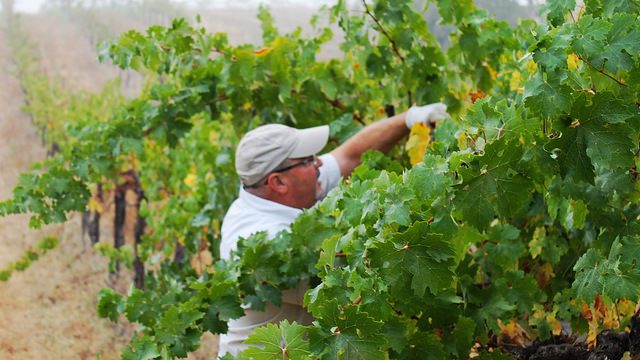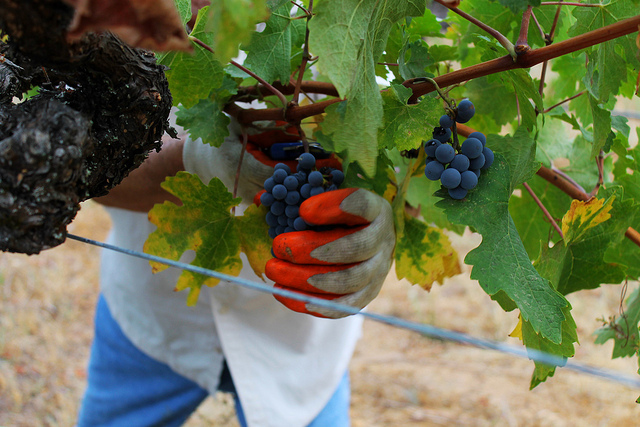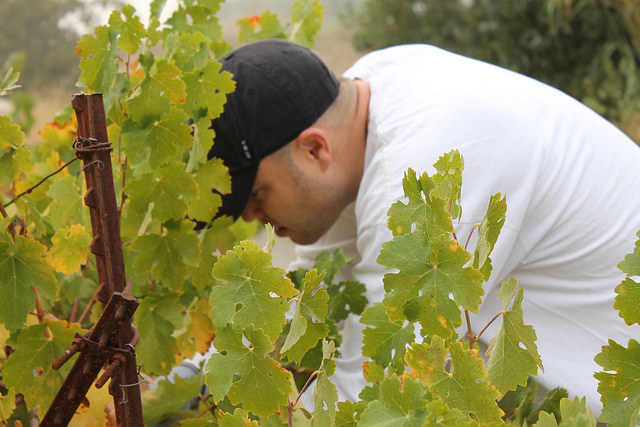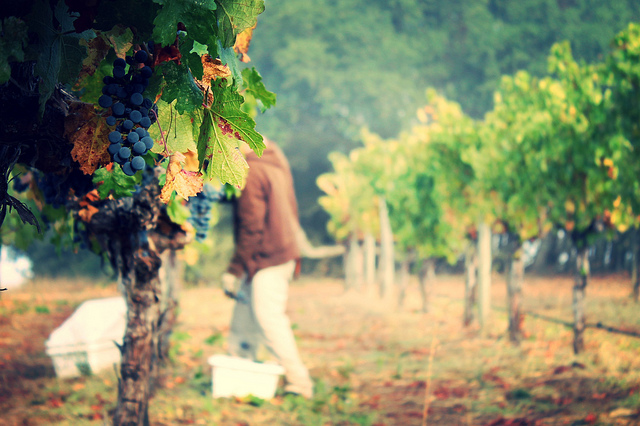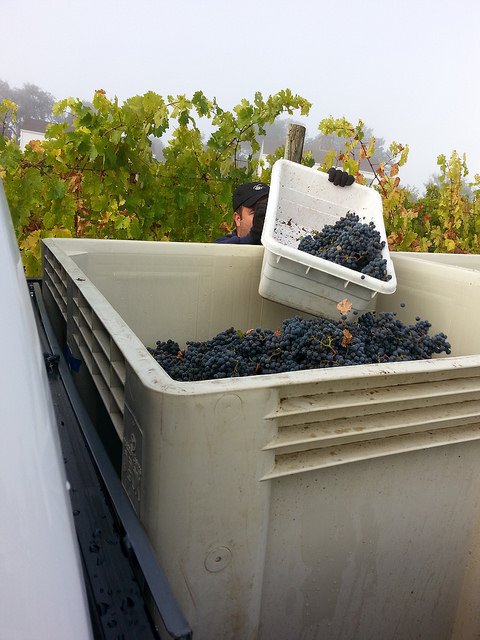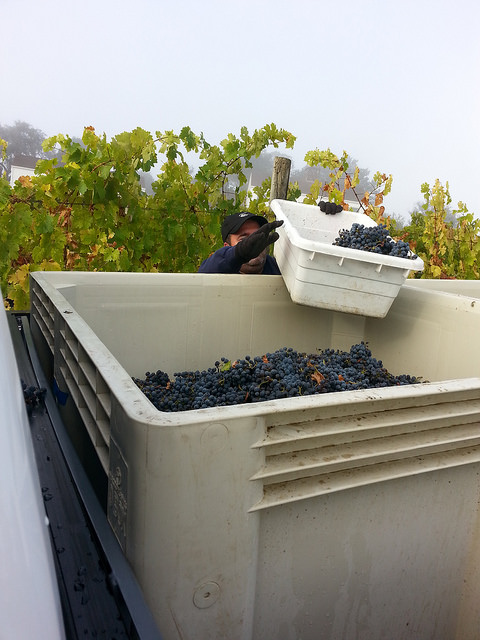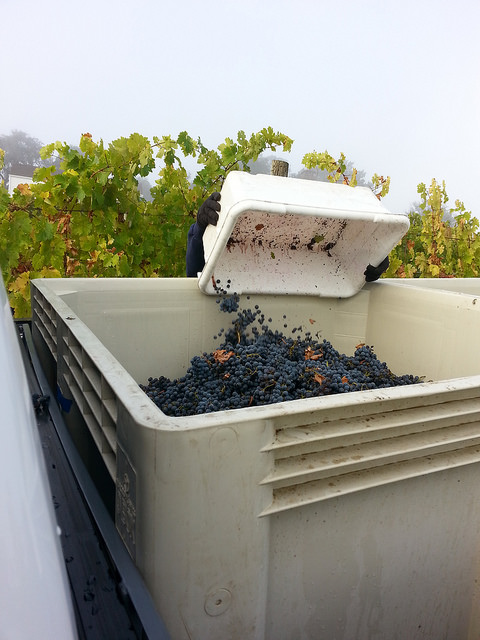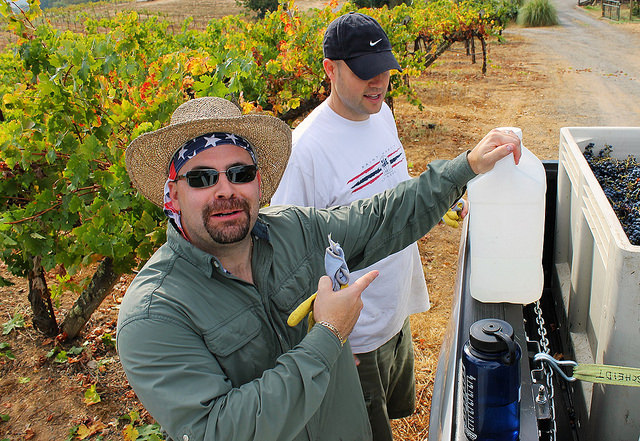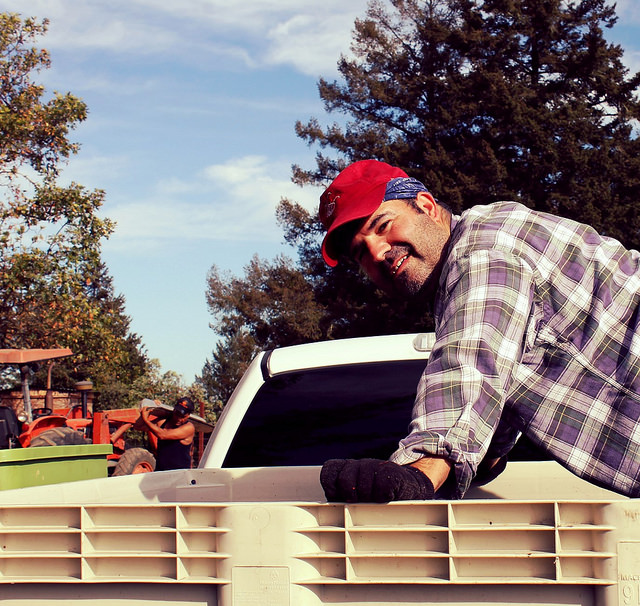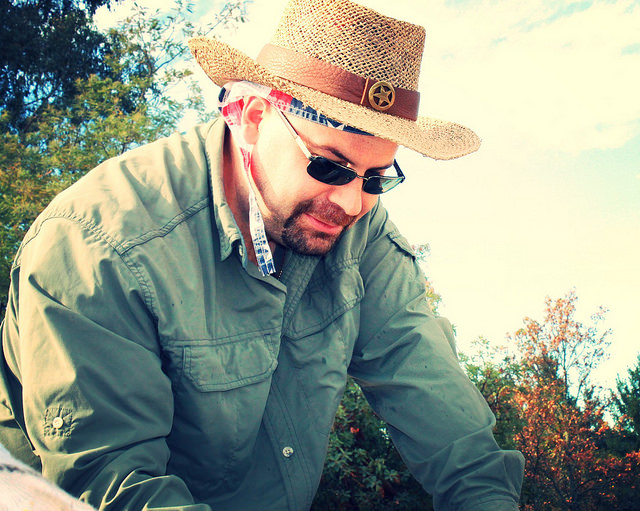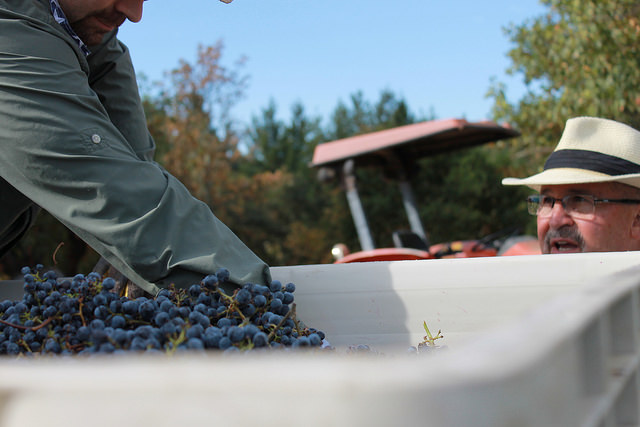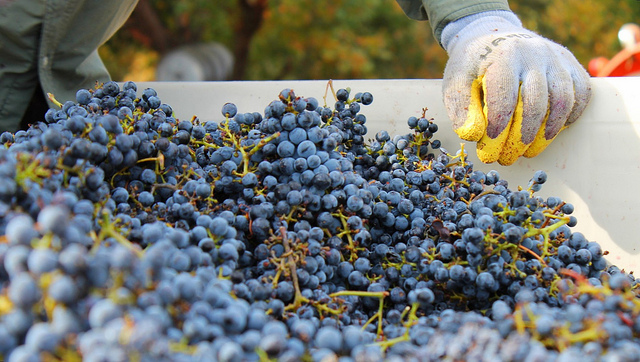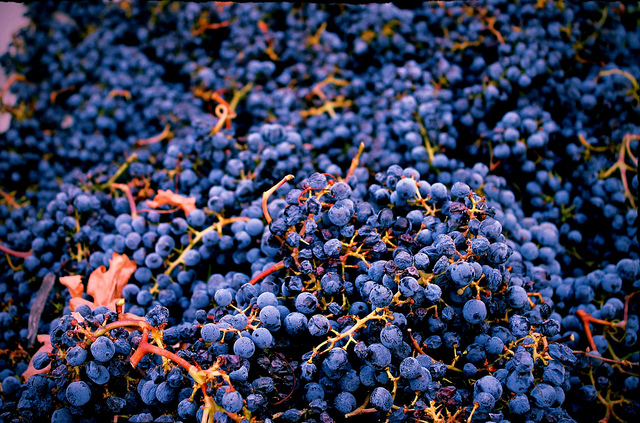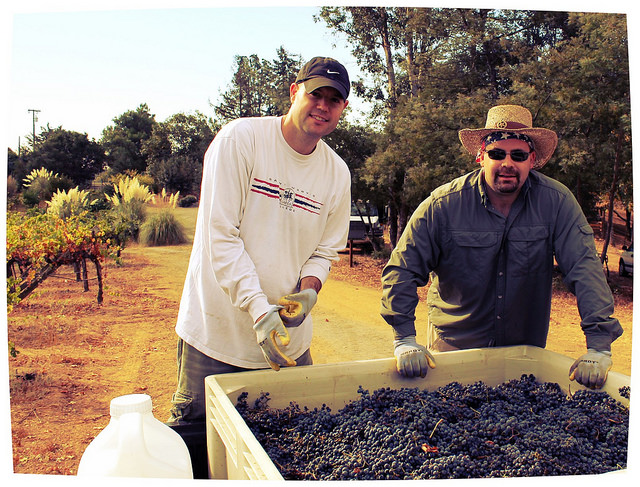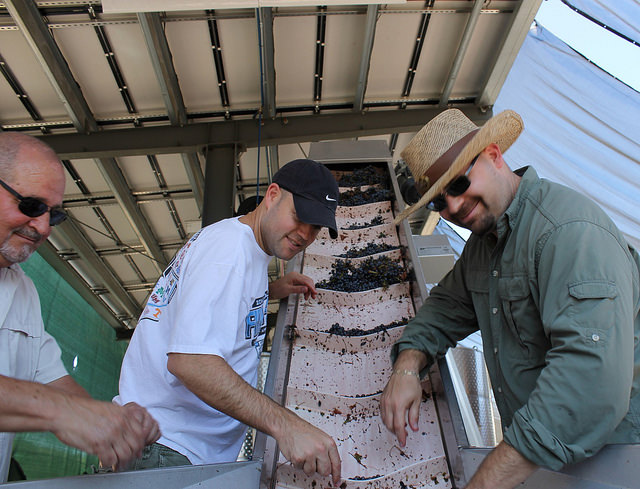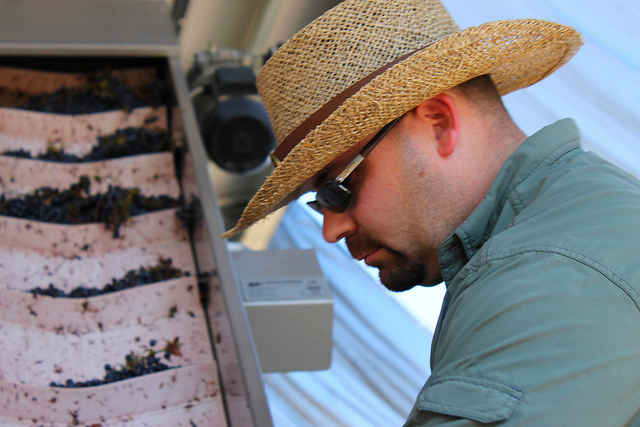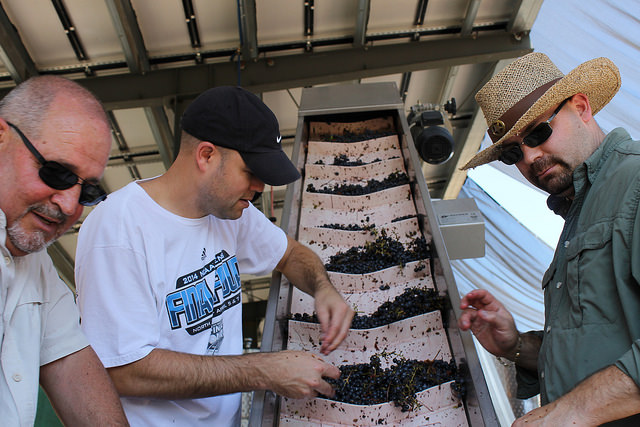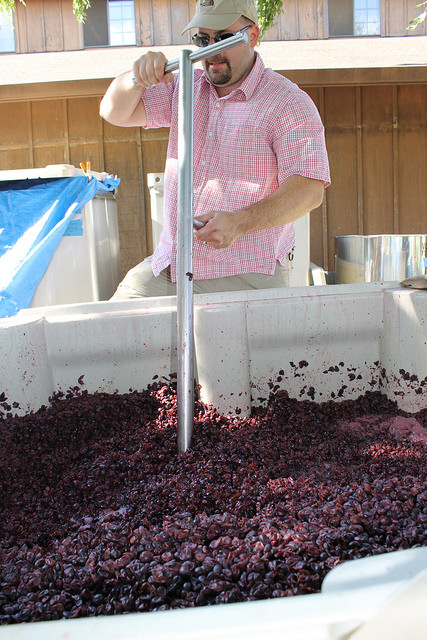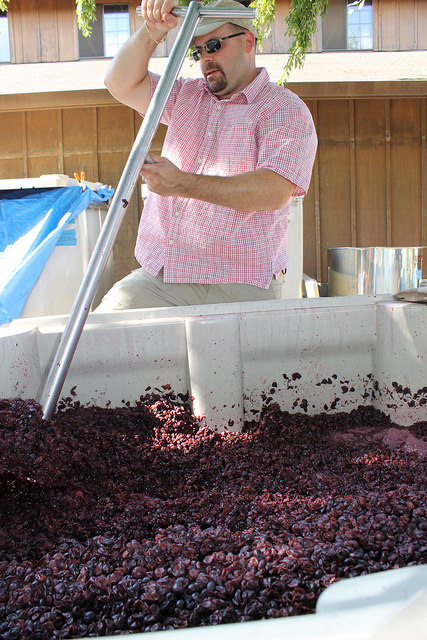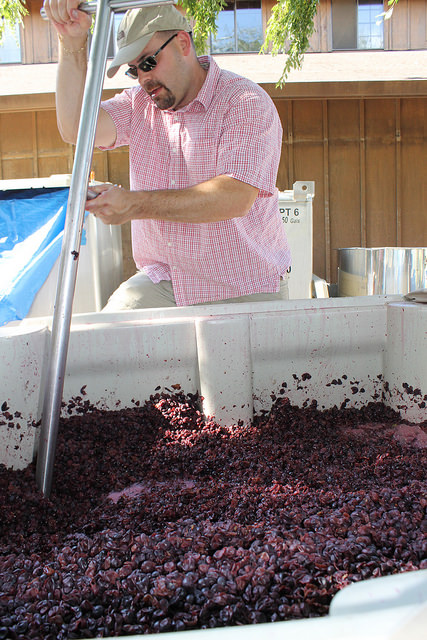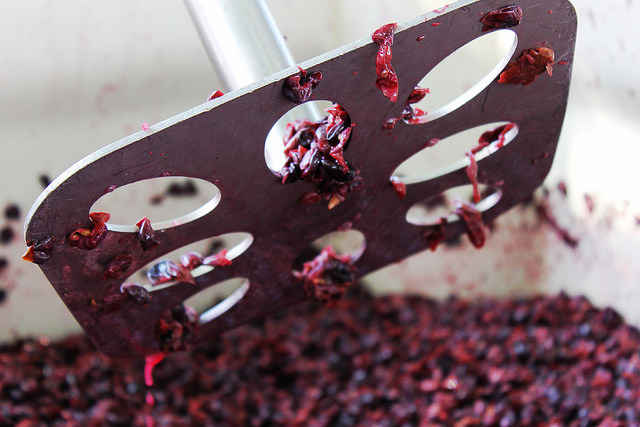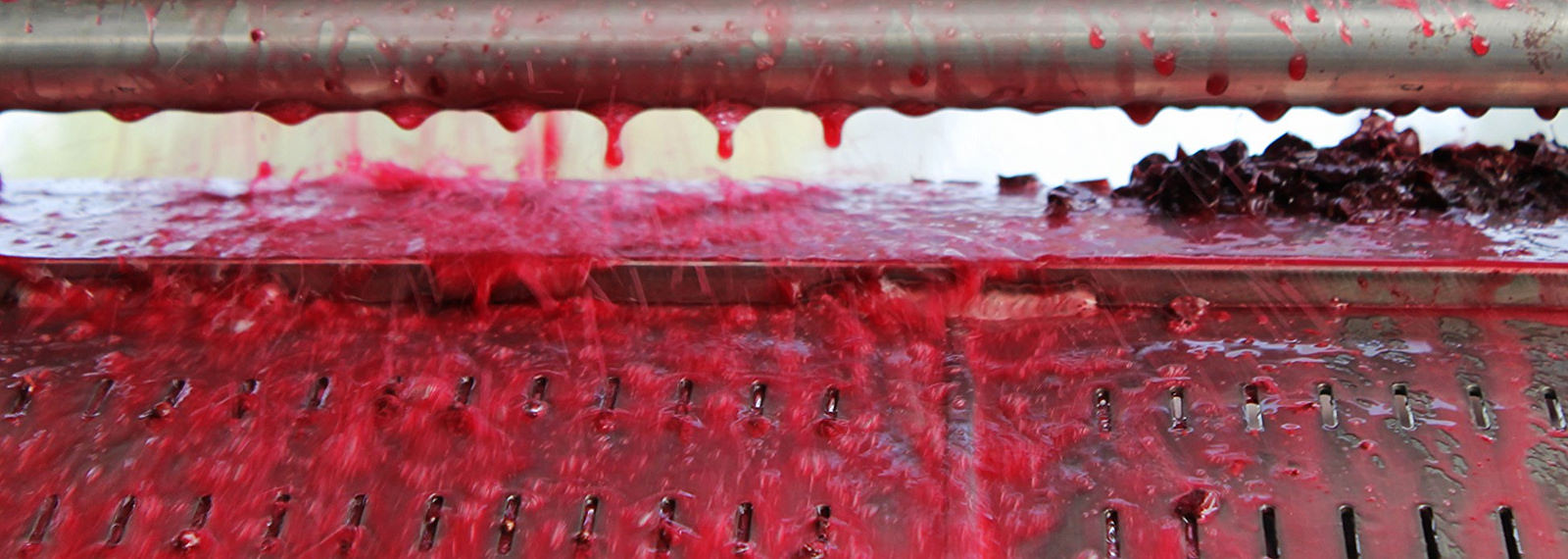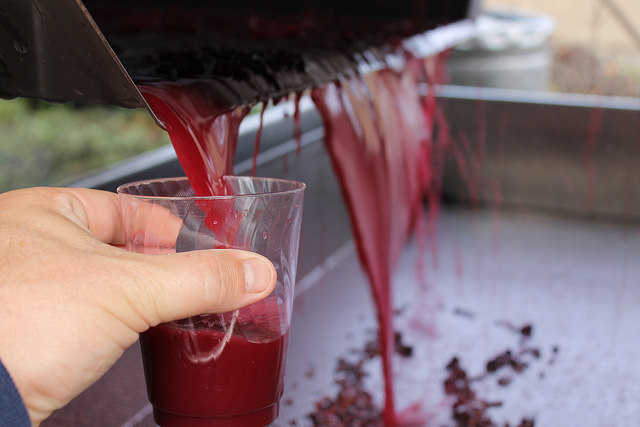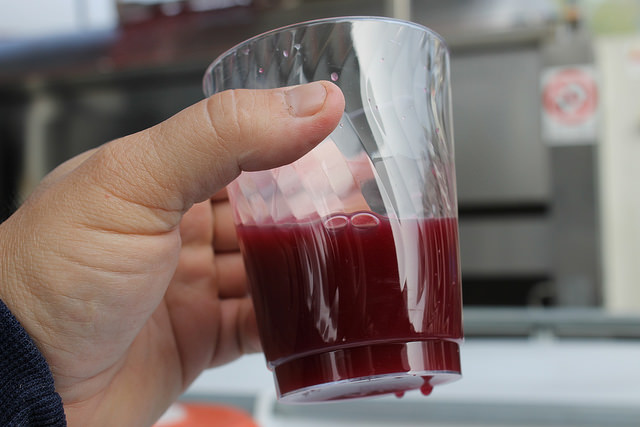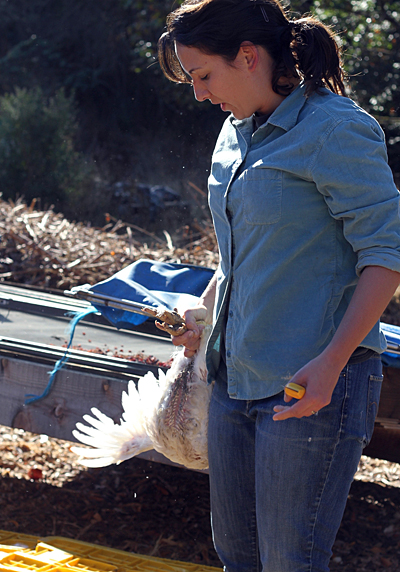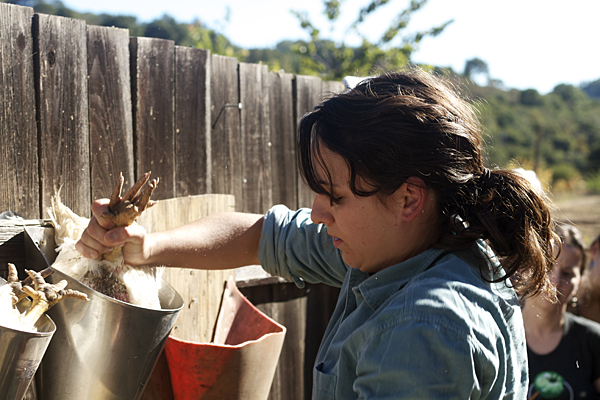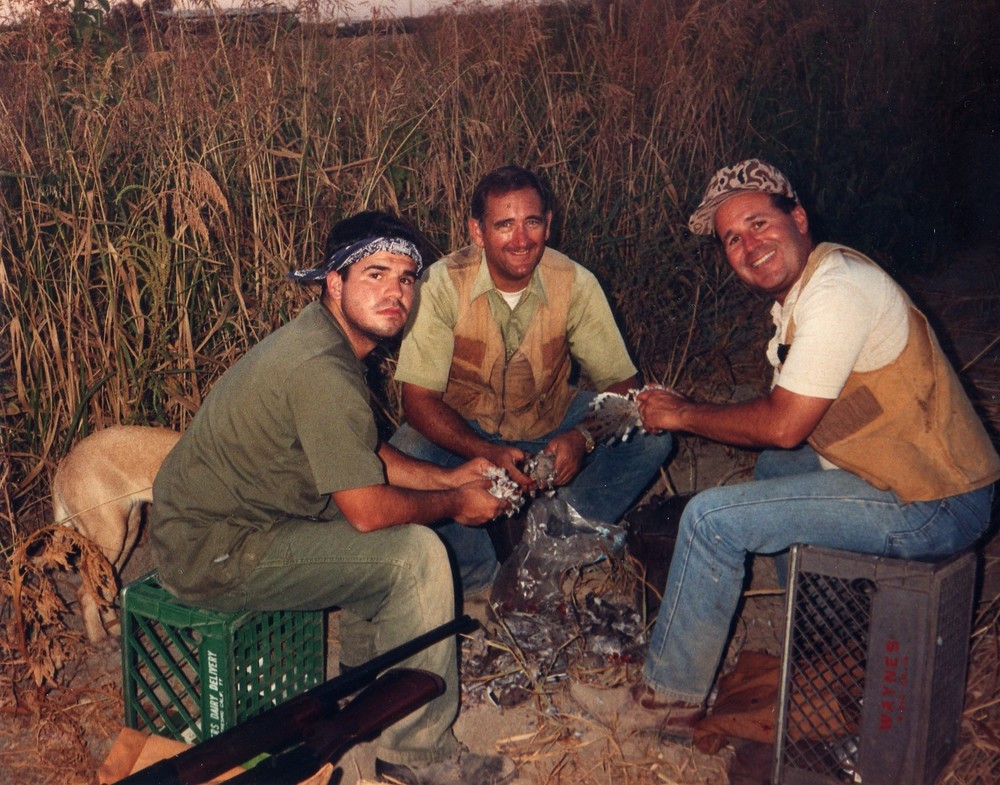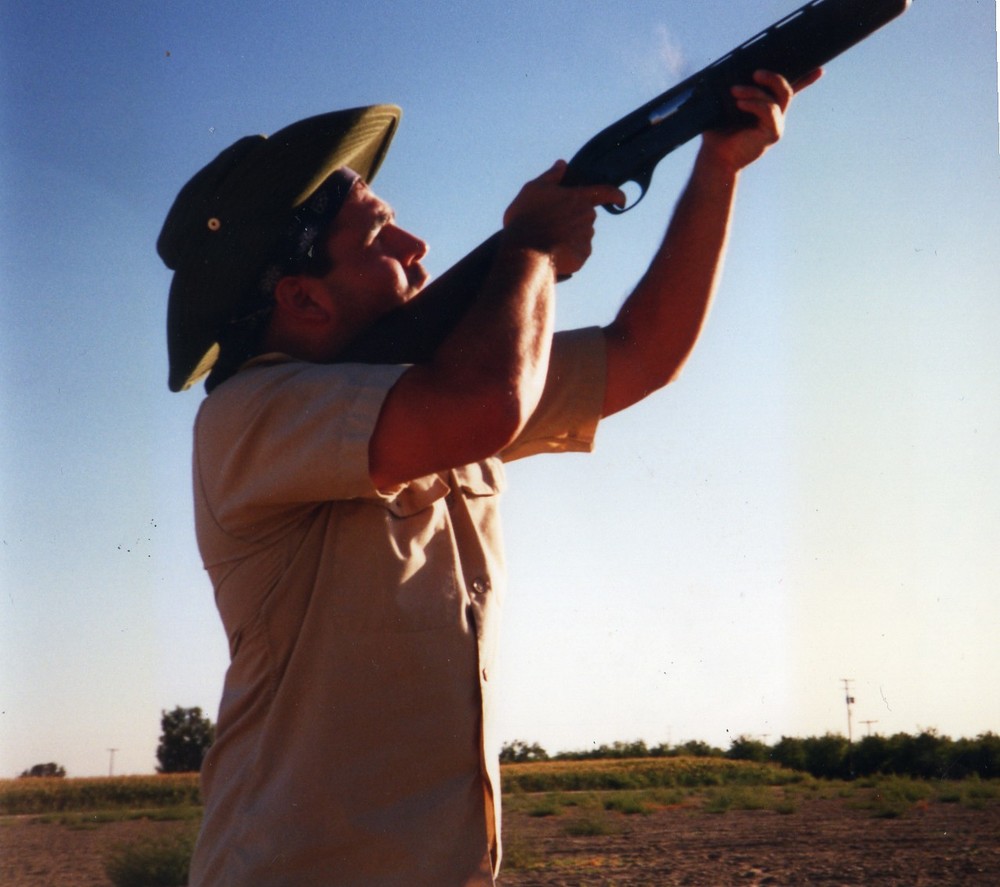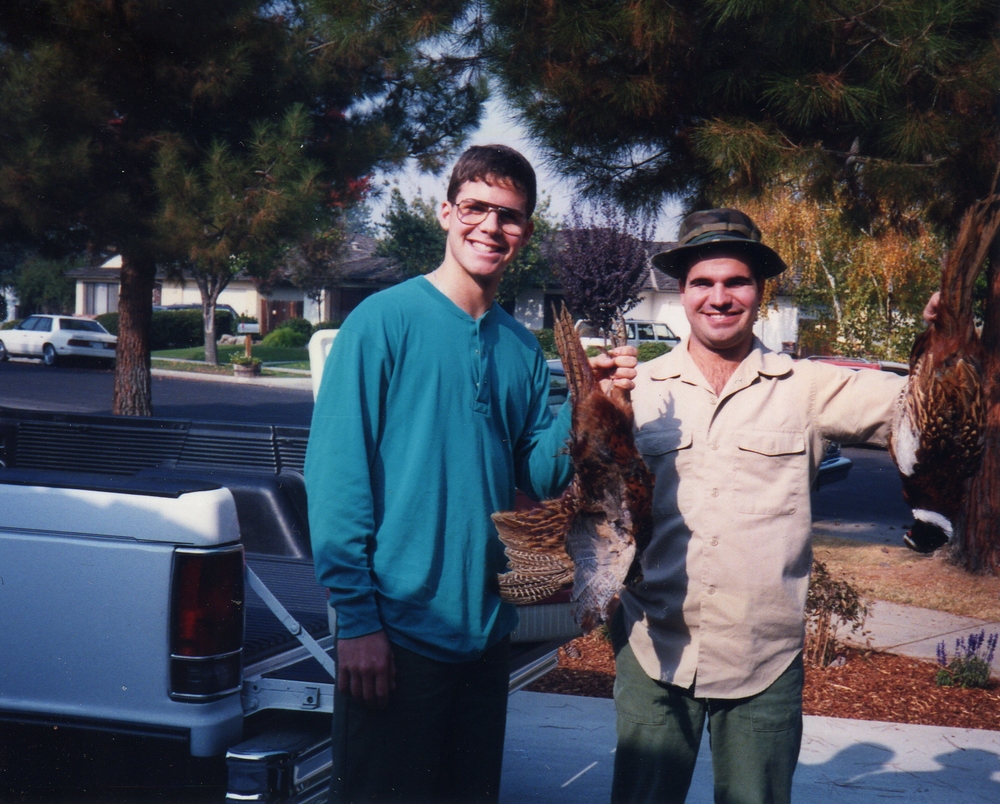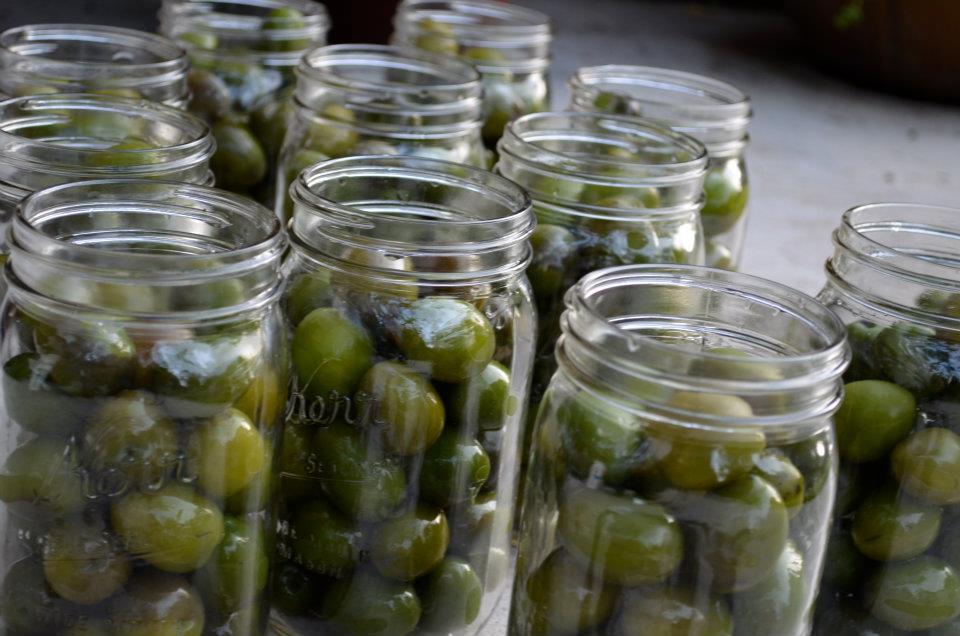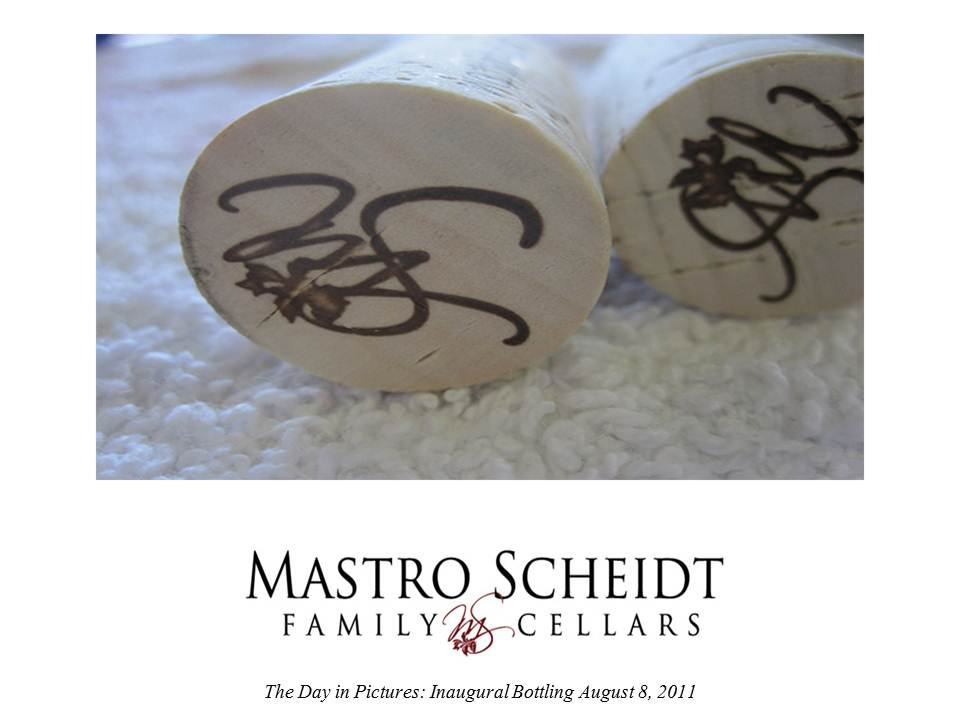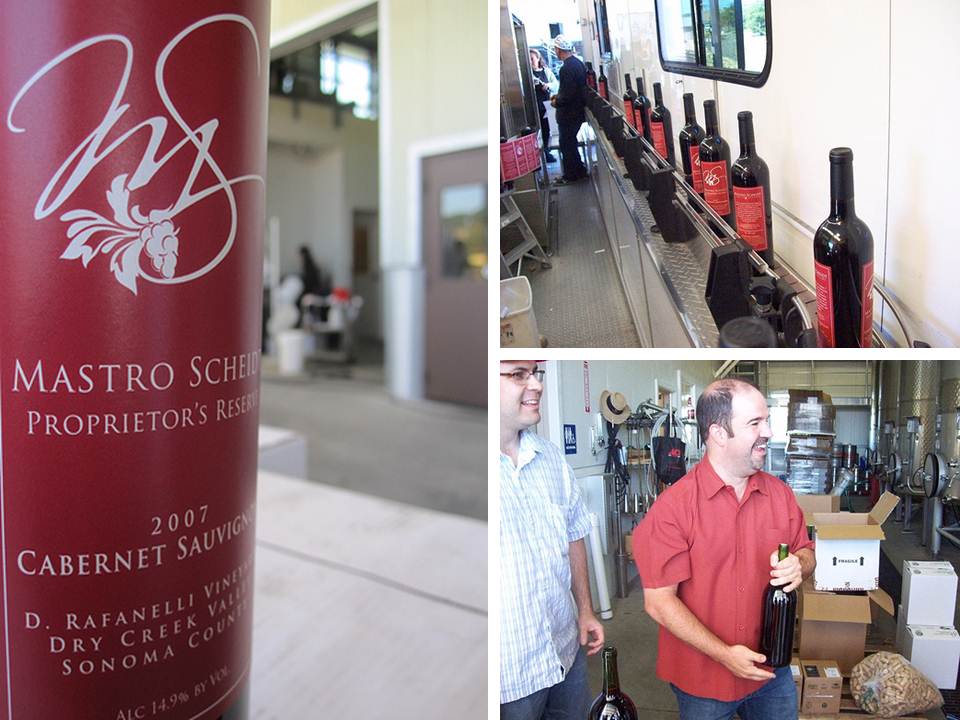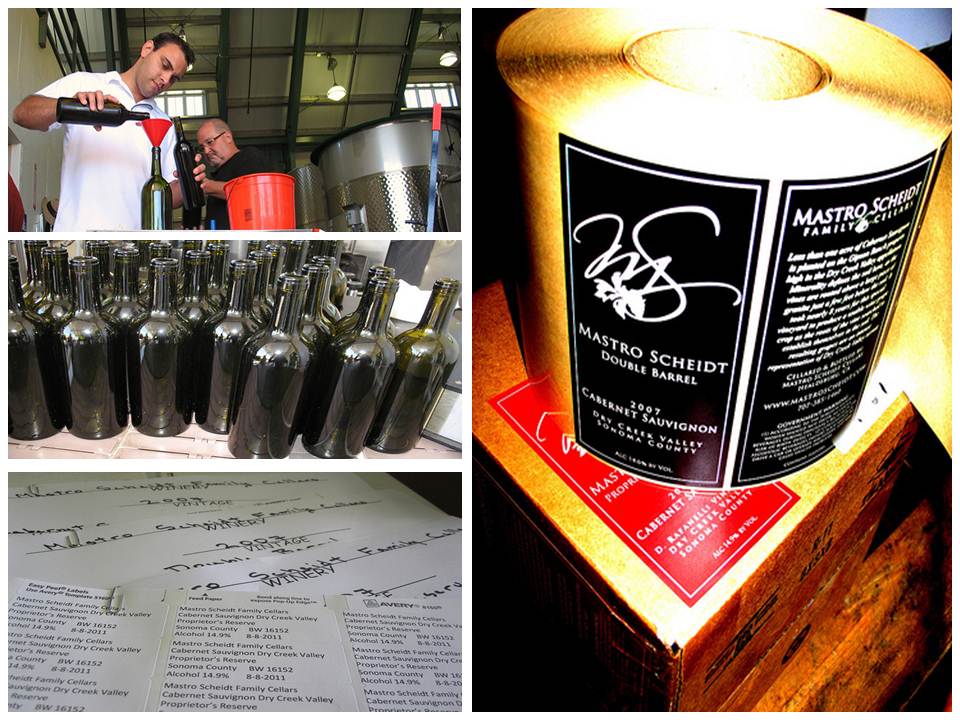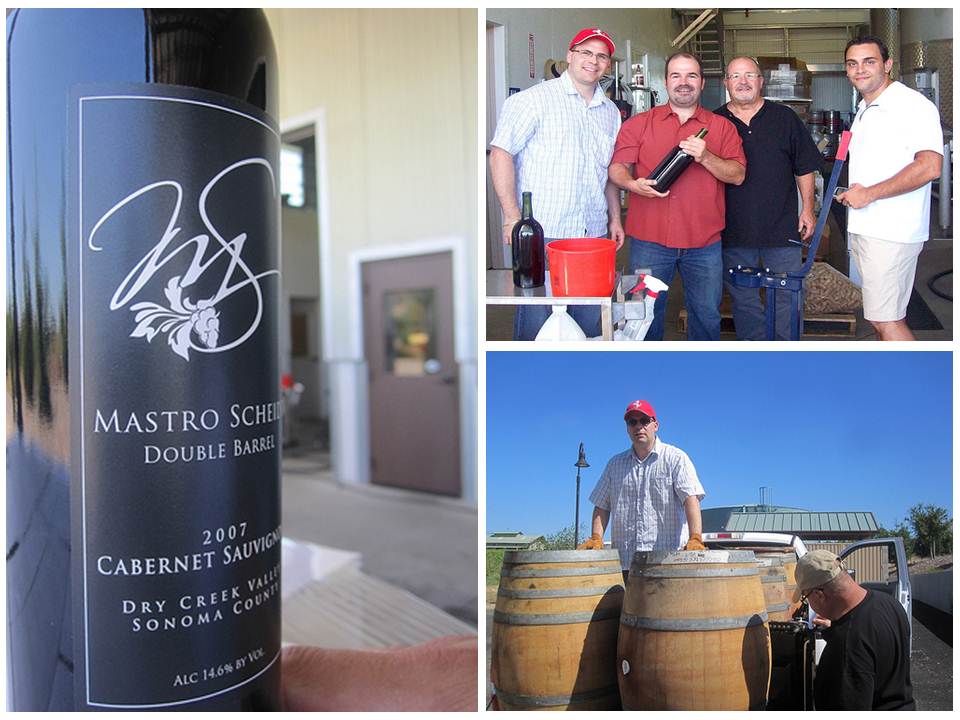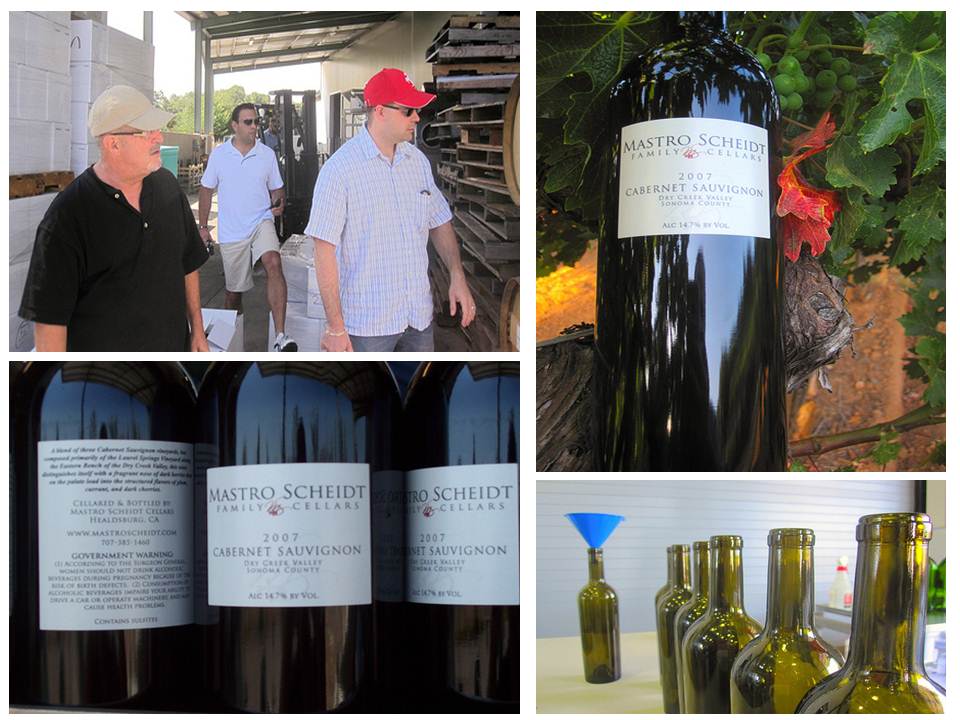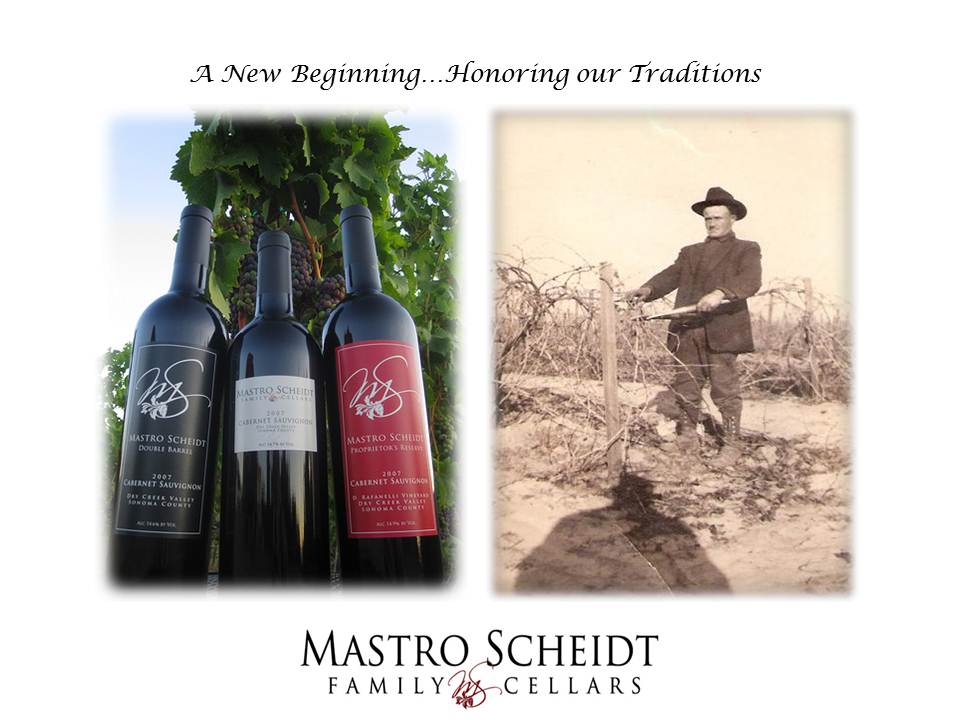Like many wine makers and wine drinkers, the belief that “cork is best” for all wines is a conceit. As I’ve grown in both experience and case production over the last ten years, natural cork is not the only wine closure in the marketplace.
I made the jump to screw caps several years ago upon the introduction of my Jug program. No one seemed to mind that I used a screw cap for a growler of wine. In fact, the screw cap fit the image of the wine and the growler package.
The next use of screw caps were for more traditionally bottled wines, the classic Bordeaux styled 750ml bottle that has had wide success in restaurants, delis, and grocery stores. The wines are typically served by-the-glass and easy to open and close in restaurant settings or purchased for nightly home consumption with a wide array of foods. I’ve increased production in the screw cap category, so I don’t see that screw caps have been perceived negatively by consumers.
Natural cork and the Diam technical cork
The most recent evolution in packaging is the technical cork. Nearly 100% natural cork, the closure is guaranteed to be free of “cork taint”; whereas traditional cork cannot make the same claim. Secondly, technical corks have been engineered to allow oxygen through the closure over time, similar to traditional cork, which allows for micro-oxidation of the wine, a beneficial characteristic for age worthy wines like Cabernet Sauvignon. Thirdly, you pull the technical cork with the same traditional corkscrew; no special equipment needed.
What crystalized my decision to move to technical corks was an experience I had with a restaurant customer of mine. I was pouring a flight of wines for spring and summer at a restaurant in Fresno. When the owner and I got to the second wine, we both knew instantly the wine was corked. Not good. I’m embarrassed and the wine, even if he wanted to pour it in the restaurant, couldn’t be evaluated properly and therefore wasn’t chosen as a finalist.
As I’m looking to innovate where I can, I made a partial transition to technical corks with some of my 2015 wines. The main reason for me transitioning to technical corks was zero cork taint. Imagine buying one of my wines for $50 only to open the bottle and find the smell of wet cardboard. Disappointing. With technical cork, having a wine damaged by cork taint is not a possibility. With my 2016 vintage, I should be 100% screw cap and technical taint free cork.
It was a big decision to move away from traditional cork. I like the history, tradition and nostalgia of traditional cork. But from a customer viewpoint, the remote possibility of having a flawed bottle of wine because of cork taint in the 21st century isn’t nostalgic, it’s unacceptable.
Look for the new corks in my 2015 RWSC label, Superstrada 2015, and Cabernet Franc 2015.











